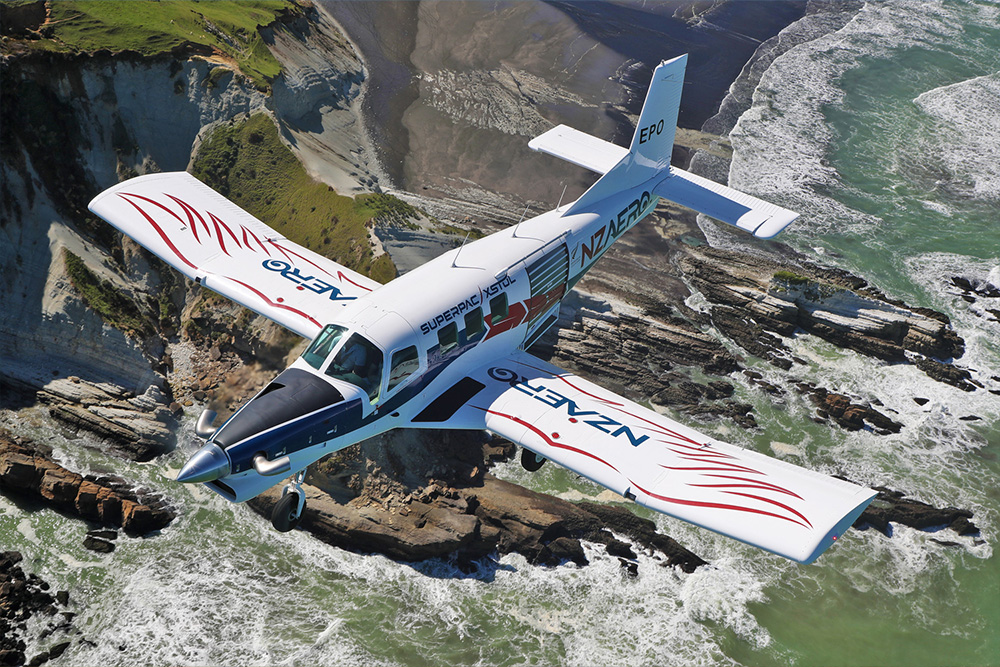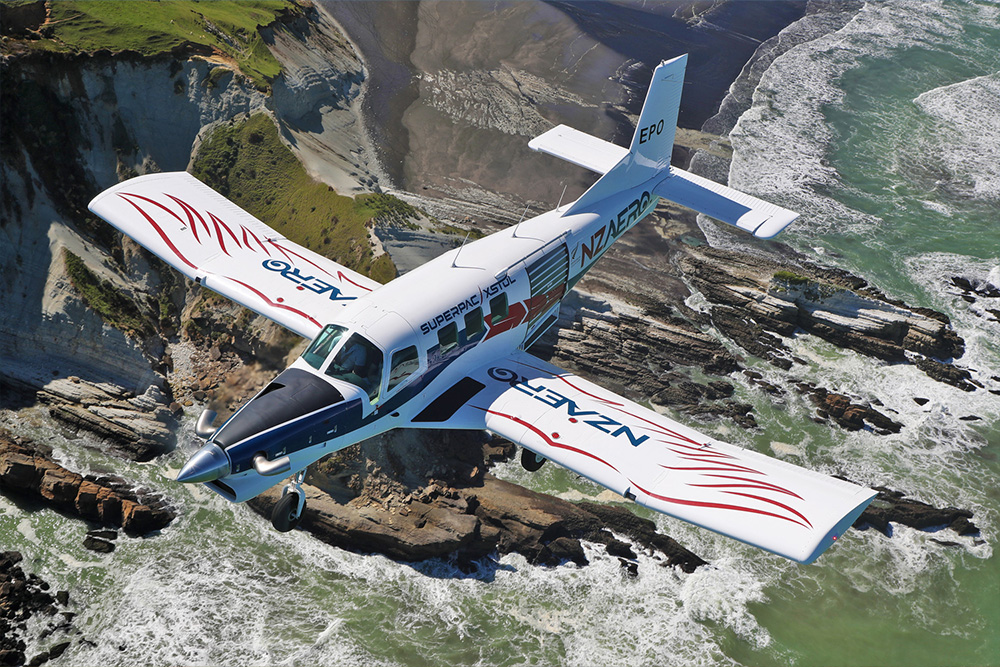
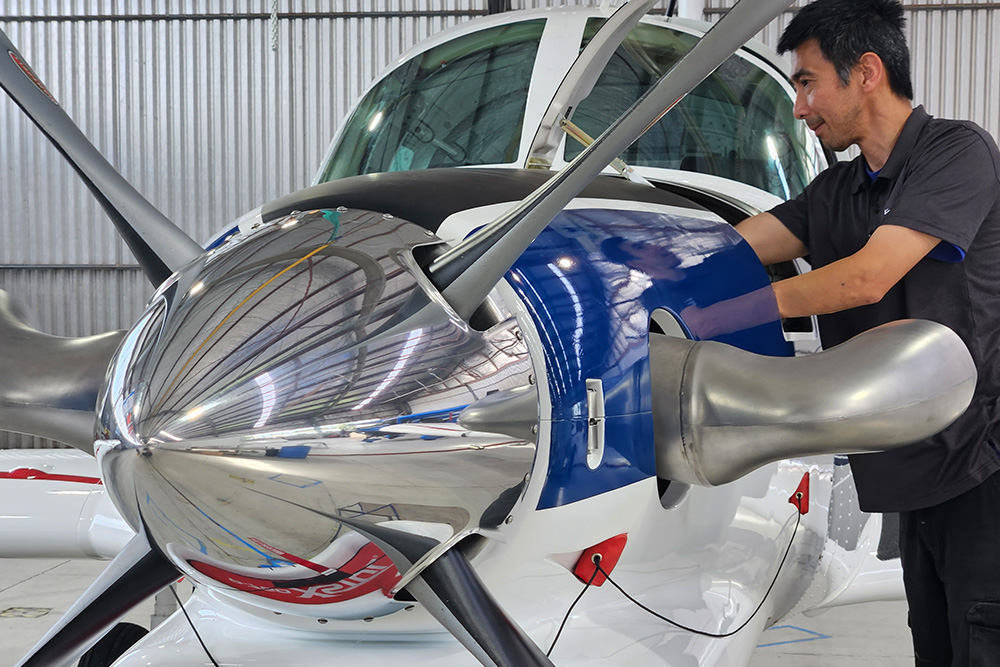
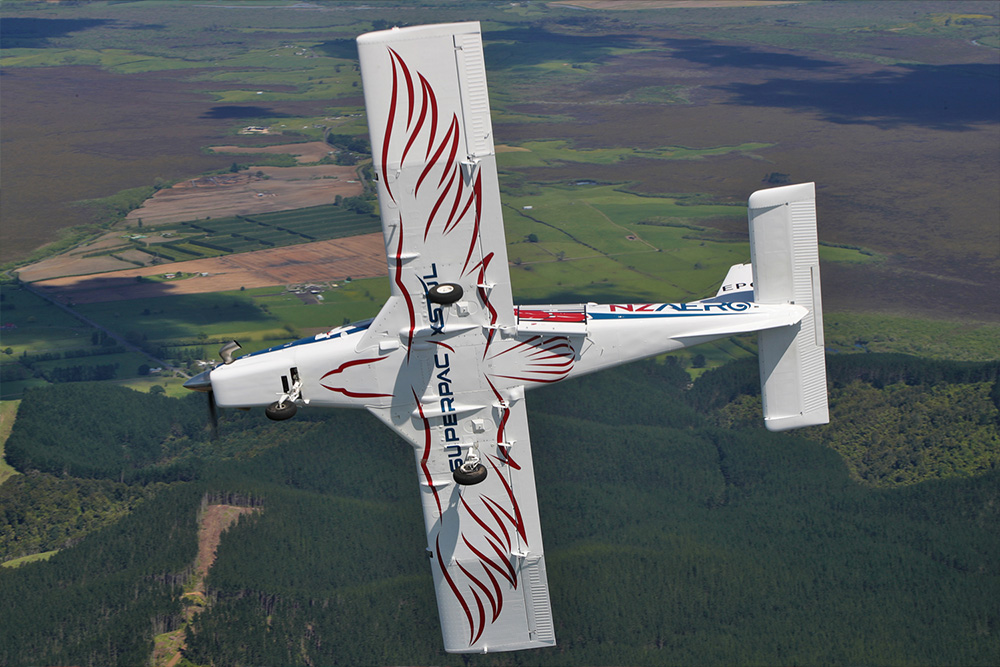
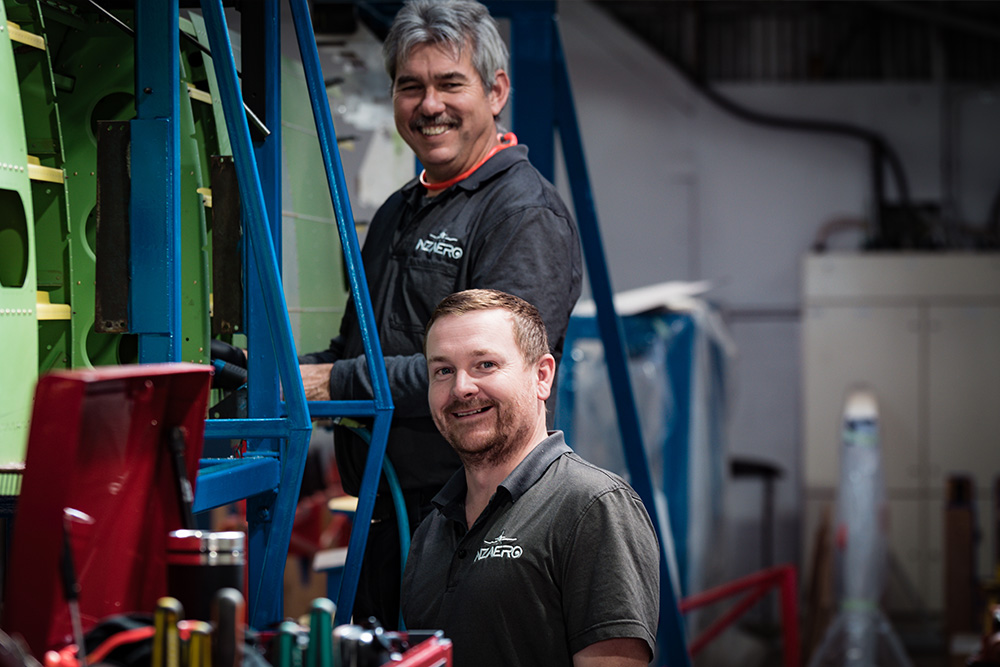
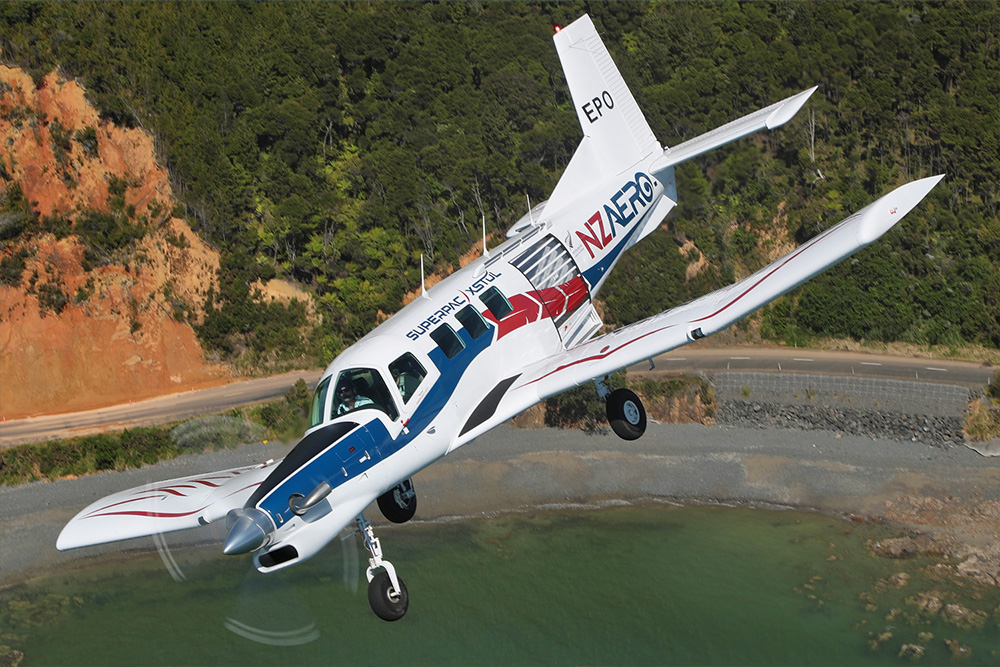
Upholding over 70 years of Aotearoa New Zealand aviation heritage and deeply rooted in the local farming industry, Waikato-based aircraft manufacturer NZAero designs and produces world-class planes inspired by New Zealand’s rugged terrain. The only producer of turboprop aircraft in the Pacific region – a feat achieved by just nine companies globally – NZAero has built a legacy of tough, reliable, and easy-to-maintain aircraft that perform where others can't.
NZAero’s homebase in Waikato dates back to World War II when the US military established a facility at Hamilton Airport in support of its Pacific campaign. At the time, New Zealand’s pioneering spirit paved the way for global use of aircraft for agricultural work, specifically for aerial topdressing, applying fertiliser across local farms.
Chief Executive Stephen Burrows says New Zealand’s harsh landscape and challenging terrain led to the development of its specialised planes.
“We have a rich history of ingenuity. From our first locally designed plane for agricultural purposes in 1979, to today's flagship 750XL utility turboprop,” he says.
"This is reflected in our commitment to preserving aircraft production in New Zealand – it's a huge part of our heritage that very few countries have the capability for.
"If we lost this ability, it’s unlikely it would be rebuilt within our lifetimes," Burrows says.
With a sense of kaitiakitanga (stewardship), NZAero's latest offering, the SuperPac 750XL-II aircraft represents a significant stride towards mitigating the impact of climate change. With its powerful engine, unique take-off and landing capabilities, and enhanced performance at high altitudes and temperatures, the SuperPac is adept at freight hauling to remote, unimproved airstrips, aerial firefighting, and geophysical surveys. This means when operating a SuperPac, climate change mitigation efforts such as aerial firefighting and cloud seeding operations are much safer and more efficient.
NZAero's ambitions extend far beyond New Zealand's shores. With over 400 aircraft operating in 28 countries worldwide, the company is currently exporting to Southeast Asia and looking to increase its presence in the United States.
Recognising the power of the iconic silver fern, NZAero sought accreditation from New Zealand Story’s FernMark Licence Programme with a desire to be backed by New Zealand's global reputation for quality, trustworthiness, and dependability.
A champion of pōtikitanga – curious and ingenious spirit – NZAero wanted to leverage its local manufacturing legacy. Through FernMark accreditation the company validated its decades of aviation expertise. Burrows believes the FernMark also signifies the uniquely New Zealand way they do business.
“Companies rooted in New Zealand culture have a distinct openness and transparency to them which is reflected in the FernMark,’ says Burrows.
“Our customers know that if they need to call me at 3am, I’ll answer. It’s just who we are.”
This culture has contributed to many of NZAero’s achievements, most recently signing a Memorandum of Understanding (MOU) to provide technical training and parts support to Thailand's leading maintenance, repair, and operations organisation, Thai Aviation Industries Co, furthering a 50-year partnership with the Royal Thai Air Force.
"The Thai aviation industry views us as a key strategic partner for expanding their maintenance, repairs, and operations capabilities, allowing them to become an Asia-Pacific hub," says Burrows.
"They know the quality and reliable aftermarket support they get from NZAero as a trustworthy New Zealand manufacturer."
Next on the agenda for NZAero is the creation of a global distributor network to provide more efficient aftermarket services. This includes establishing new locations in the US and key locations in Europe.
Wherever NZAero’s planes fly, the company takes immense pride in its heritage and the distinctively New Zealand factors that have contributed to its international success.
"We see ourselves as caretakers across the motu, building on the legacy of those before us. It’s our mission to ensure this unique national capability remains in New Zealand for generations to come."
